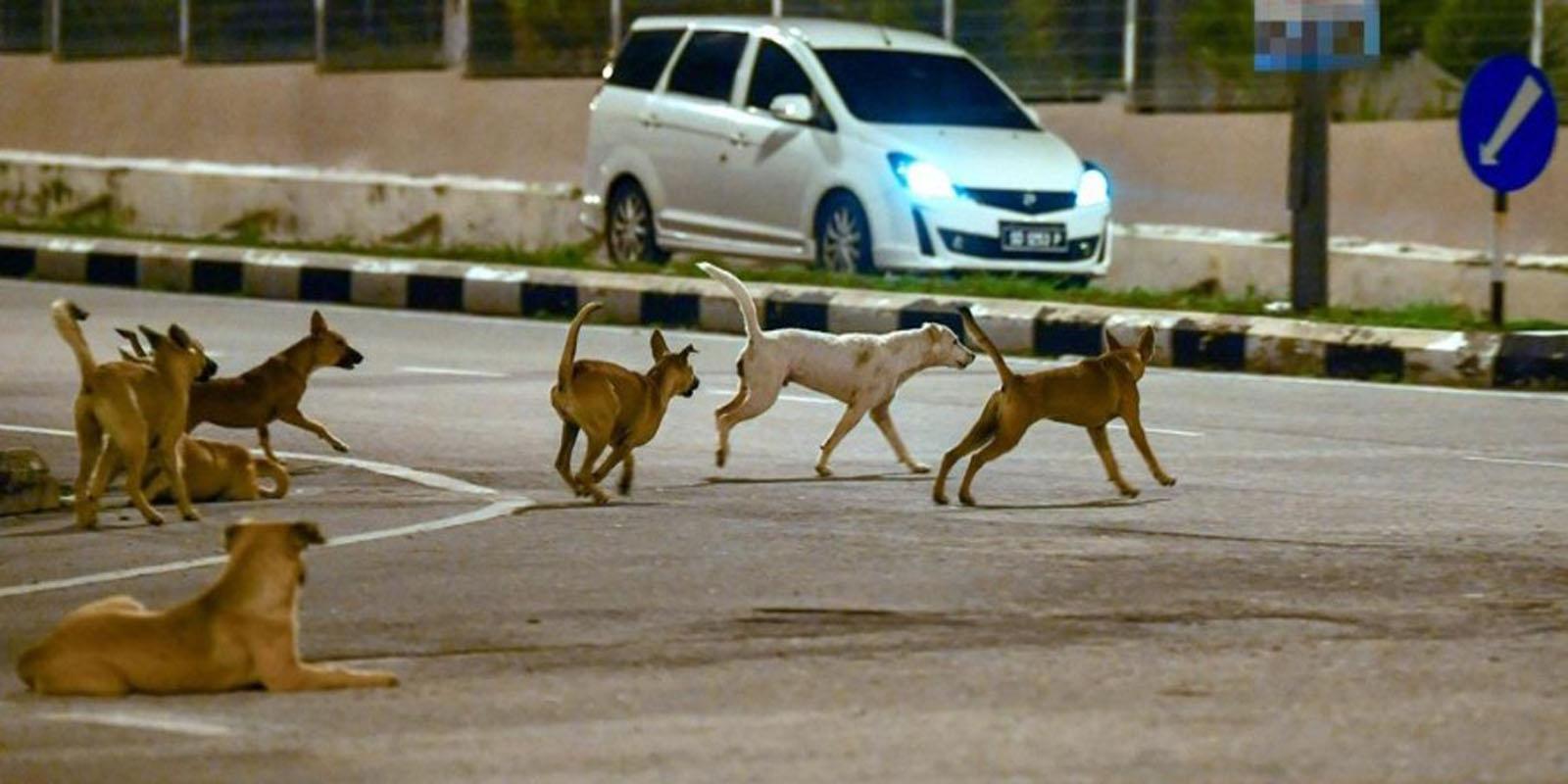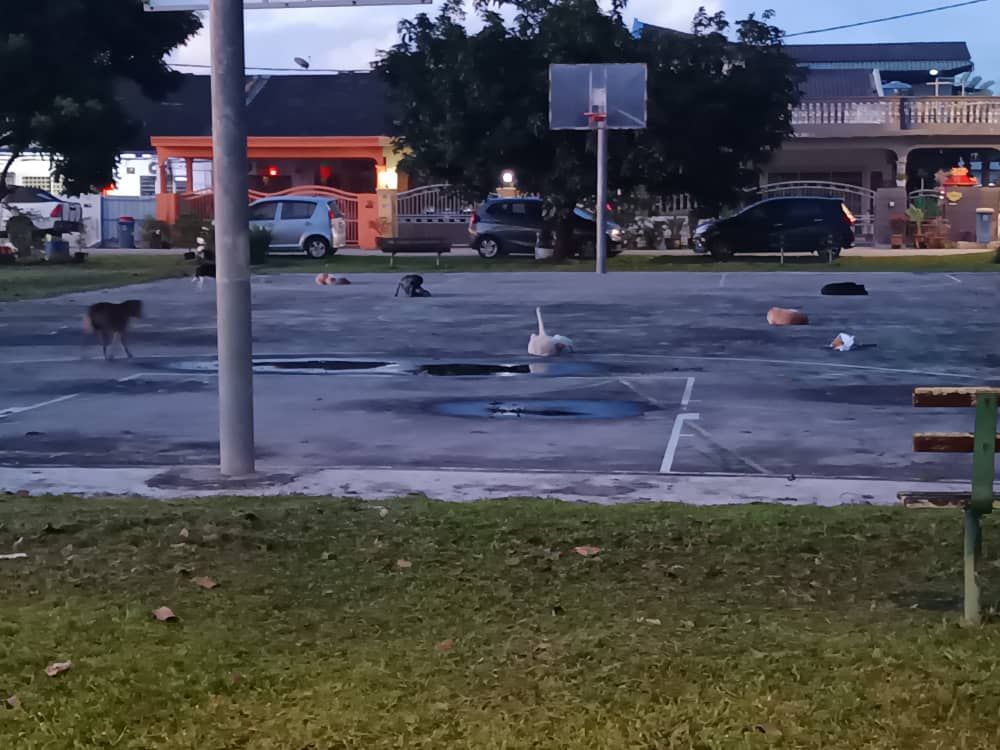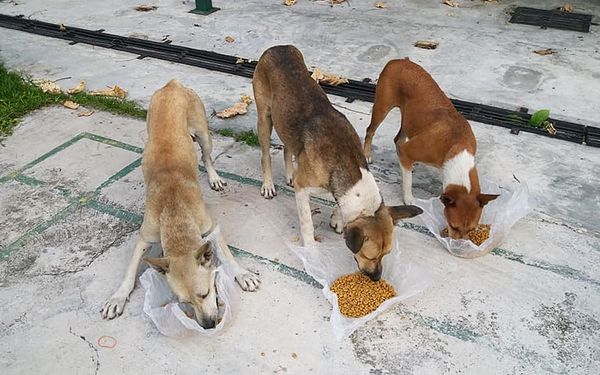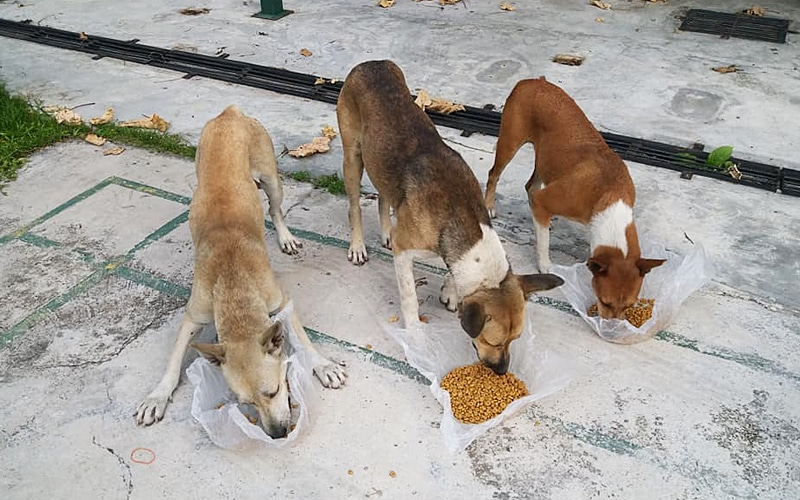SHAH ALAM, Oct 14 — Stray cats and dogs have become a common sight in both urban and rural areas across the country, as they roam in search of food from rubbish bins, disturb residential neighbourhoods, and occasionally spark conflict between humans and animals.
This phenomenon reflects a lack of awareness of responsible pet ownership, inadequate public policies, and insufficient community education on animal welfare.
The growing number of stray animals stems from various factors, including the abandonment of pets, the lack of widespread neutering practices, and low public awareness of responsible care.
This special report compiles perspectives from pet owners, veterinary experts, dog trainers, and the local authorities to explore the root causes of the issue and discuss more comprehensive and humane approaches to its resolution.

Caring for animals is a commitment, not a convenience
Pet owner Lee Shun Wei said the rise in stray dogs is due to some owners who adopt pets impulsively without considering the long-term commitment involved.
“Keeping a dog is a promise to a living being. It is not a temporary decision but a lifelong commitment,” he said.
Beyond time and attention, pet owners must also bear the costs of food, veterinary care, and hygiene maintenance. Lee added that financial strain is often the main reason owners abandon their pets when they can no longer afford these expenses.
He said that to solve the stray animal issue, it requires cooperation from multiple parties, including responsible pet owners, public education, stricter law enforcement, and expanded neutering programmes to control overbreeding.

Uncontrolled feeding is not the answer
In public areas, feeding stray animals is often done out of compassion. However, according to veterinary doctor and animal welfare specialist Dr Natasha Lee, such actions can accelerate breeding if not paired with control measures.
“Feeding alone, without ensuring the animals are neutered, only increases their population. However, an outright ban on feeding would also be cruel to the animals,” she said.
Dr Natasha stressed the importance of practising responsible feeding: ensuring that the animals being fed are neutered, healthy, and do not pose a threat to the community.

Catch-and-kill methods are outdated
Commenting on the local authorities that still conduct catch-and-kill operations, she believes that such methods are no longer aligned with modern animal welfare standards and are ineffective in the long term.
As an alternative, Dr Natasha recommends implementing a systematic Trap-Neuter-Return (TNR) programme under community supervision and with professional support.
She noted that managing stray animals cannot be resolved overnight, as it requires long-term planning involving community education, breeding control, law enforcement, and sustained government commitment.

Abandonment and lack of neutering are the main causes
Experienced dog trainer Dave Teoh said the issue will persist as long as people continue to abandon pets and fail to neuter.
“A female dog can give birth to more than 10 puppies a year. Without neutering, reproduction happens uncontrollably, and the breeding rate far exceeds the rate of capture,” he said.
Teoh believes that the TNR approach is the most sustainable method for controlling the stray population if implemented holistically with cooperation between the government and the community.

Enforcement should be strengthened professionally
He is also critical of the methods used by some local authorities to capture animals, describing them as insensitive and often drawing public backlash.
“The problem is not that the officers are irresponsible, but that they lack professional training in understanding animal behaviour,” Teoh said.
He suggested that animal-handling training be provided to relevant officers so that operations can be carried out more humanely, without causing distress or harm to the animals.



